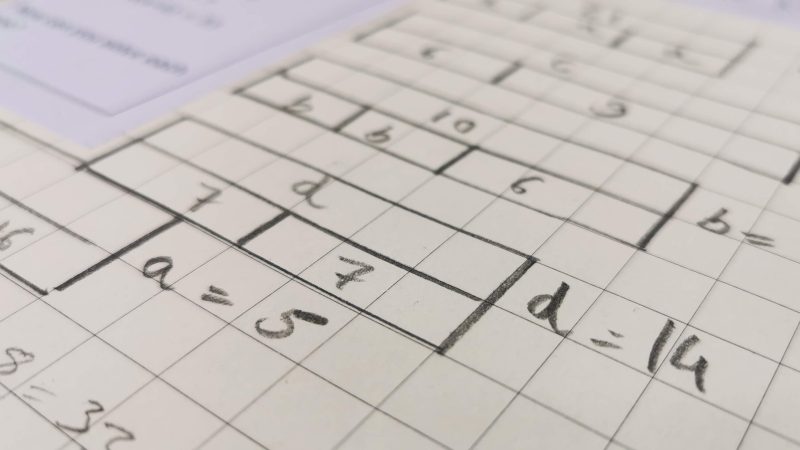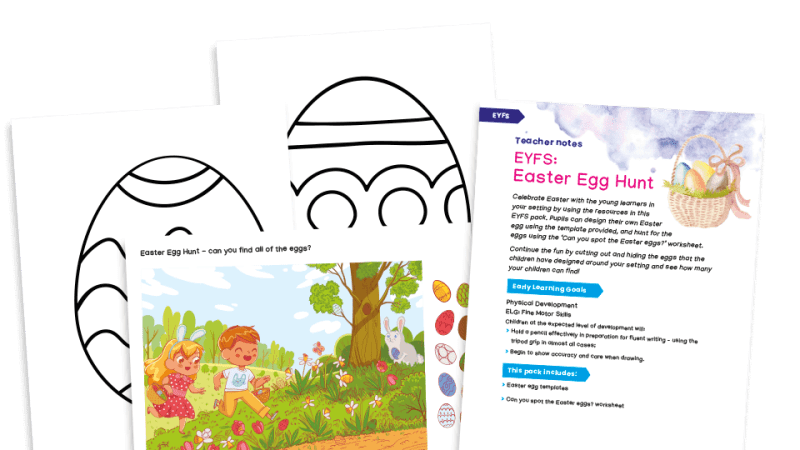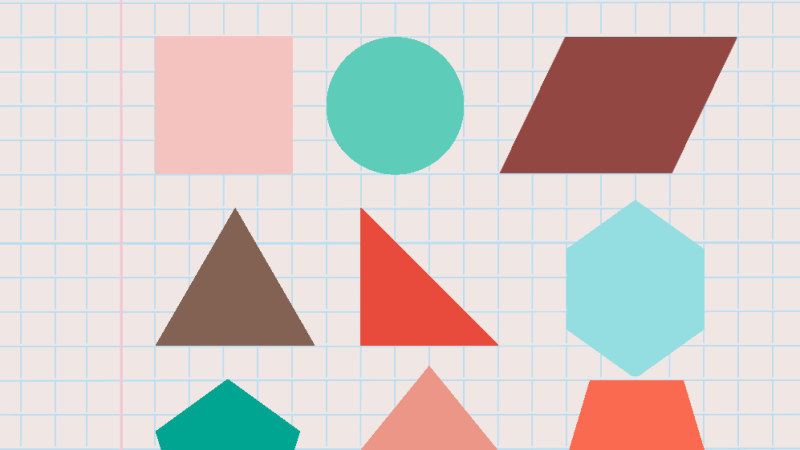Maths games KS2 – Best online and offline games and resources

Boost your primary pupils' maths skills with this range of free-to-play offline and online games for KS2
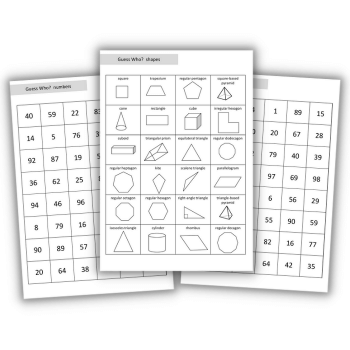
Playing maths games in KS2 encourages children to explore and to be creative with numbers.
By finding different solutions, making different combinations and experimenting with the placement of digits in a number, children gain a deeper understanding of the numbers that they are working with.
Another benefit is that it gives an opportunity for children to practise mental calculations in different ways to encourage fluency with key facts like times tables.
Possibly the best reason for playing games in maths lessons is just that it’s fun! If we want children to enjoy maths lessons, mixing things up with practical activities and games can be just the thing.
“Possibly the best reason for playing games in maths lessons is just that it’s fun!”
Many of the games and activities mentioned below are quite flexible. You can adjust them to work for different age groups and to cover different mathematical objectives.
(If you’re looking for maths games KS1 ideas, we’ve got you covered.)
JUMP TO A SECTION
Free maths games for the classroom
Guess who?
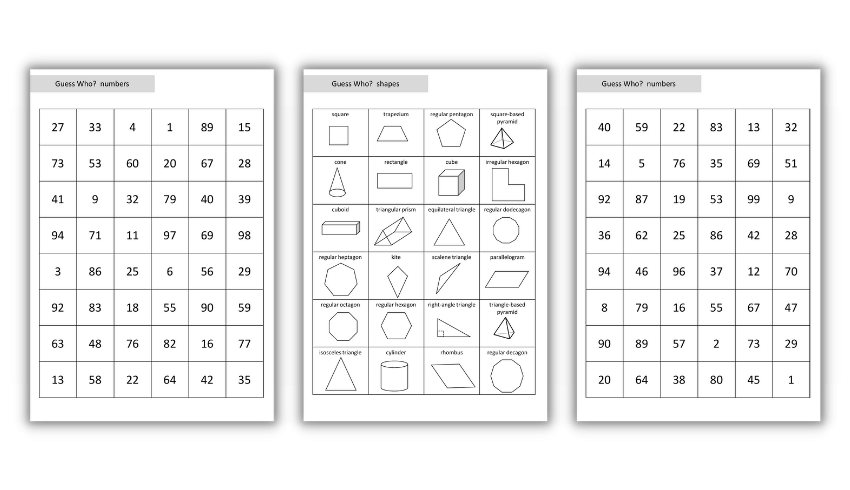
To play this game, download and print out our Guess Who number sheets. Give identical sheets to each pair of students – these are the game boards. Cut up a third identical sheet into a deck of cards.
Just like the original game, each child chooses a card (and keeps it hidden). Then their partner has to guess what’s on the card using only ‘yes’ or ‘no’ questions. Place counters on numbers that have been disqualified.
Challenge older children to ask questions using the vocabulary of multiples, factors, prime and composite numbers. For example, is the number a:
- Multiple of 7?
- Composite number?
- Square number?
For KS2, extend the game to include shapes. For a shape version, use questions such as:
- Is it a 2D shape?
- Does it have more than 6 sides?
For support, hand out a visual guide of properties of shapes to use as a reference.
Adapt for KS1
For KS1 children, use questions such as:
- Is the number even?
- Is the number more than 50?
Use the language of tens and ones, and manipulatives such as Dienes, place value charts and place value counters to support less confident children.
For more support, children may find it easier to use a 100 square instead as it will make it easier to find numbers that fit a certain critera. This is also in the download.
Times tables dice
To play this game, split children into pairs. Give them a pair of D12 (twelve-sided dice) and ask them to multiply the numbers that are generated.
For more support use a times table grid to help children to find the answers to the multiplication questions. Or alternatively, give children dice with fewer numbers to keep the numbers smaller (eg two D6s).
For an added layer of challenge, provide children with a blank times table grid to fill in as they go, with no repeats allowed!
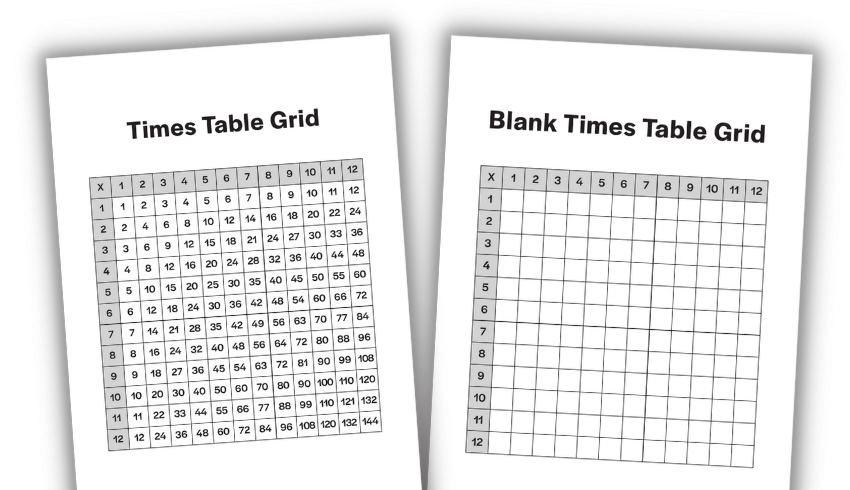
If this is the answer, what could the question be?
This is a great activity to use over all year groups as the challenge can be increased very easily. The premise is very simple: provide children with a number, and they have to create a calculation with that answer.
To add challenge to this activity, incorporate recent learning such as square and cube numbers or order of operations.
For example:
4² + 3²
or
5 + 5 x 4
Challenge children to only use four operation symbols (to avoid long calculations such as 1 + 1 + 1 + 1 + 1). Or ask them to use a certain feature, such as brackets.
Adapt for KS1
If the number is 25, questions can be a simple addition or subtraction question (such as 20 + 5 or 26 – 1). Or they could include times table facts (5 x 5).
In KS1, calculations are likely to be only one step and involve minor adjustments (eg 24 + 1, 23 + 2, 22 + 3).
Times table bingo
If you’re wondering about how to teach times tables as a whole class activity, try this. Ask children to draw a 3 x 3, 4 x 4 or 5 x 5 grid (depending on how long you want the game to last!) on scrap paper or whiteboards. Then fill the grid with numbers that appear in the times tables up to 12 x 12.
Now call out a times table question (eg 5 x 7). Children must cross out the answers if they match a number they have written down. Use a times table grid to support less confident children if necessary.
Place value dice
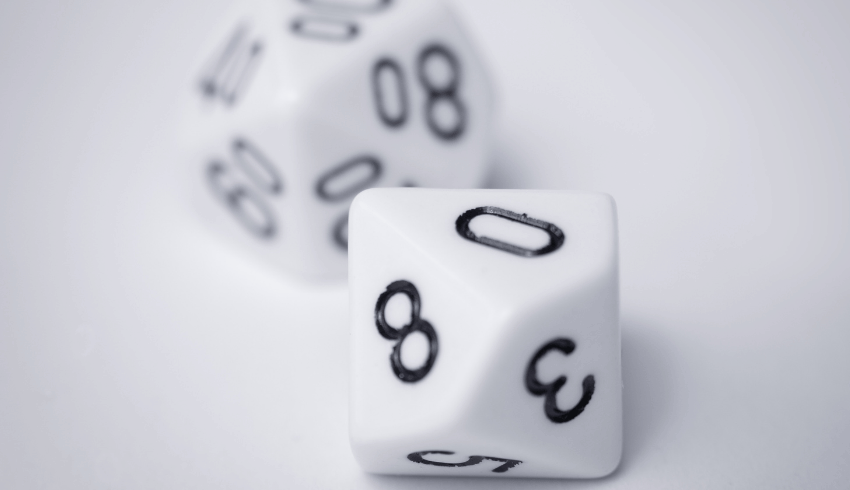
For this game, give children some ten-sided dice (D10s) and an appropriate place value grid for the year group.
The idea is that children work in pairs or small groups and take it in turns to roll the dice. They then choose a place value column to write the resulting digit in.
The aim for this game is that children use their knowledge of place value to reason where they should place the digit, as they don’t know which digits they will get in the next rolls. There are several different ways to play the game. Make the:
- Greatest number
- Lowest number
- Closest number to a given number (eg the closest number to 1,457)
- A number that rounds to a given number (eg a number that rounds to 180,000 to the nearest 10,000)
- A number between given limits (eg greater than 120,000 and less than 340,000)
- Numbers with the smallest or largest difference (in pairs)
The great thing about this game is that once you have played it with your class a few times, it is an easy one to apply to different contexts.
You can easily adapt it for different age ranges and contexts. You can also use it with both whole and decimal numbers, meaning that it is suitable from Year 1 up to Year 6!
Number obliteration
For this game, ask children to draw out a 3 x 3 grid (or larger for a longer game!). Ask pupils to write a number in each box, guided by you. For example:
- Decimal numbers less than ten
- Whole numbers with six digits
Now read out your criteria (see below) and ask children to cross out all numbers that match. The aim of the game is to obliterate all numbers in the grid.
Criteria examples
Numbers:
- with a 5 in the thousands column
- that round up to the nearest thousand
- that round to 600,000 to the nearest 100,000
- with a digital root of 6
- more than 4.56
- with a ‘D’ in them when written in Roman numerals (only for numbers up to 1,000)
Adapt for KS1
Ask children to write two digit numbers in their grid at the start, then try these criteria:
- Numbers with a 3 in the tens column
- Numbers more than 80
- Even numbers
Number card target
For this game, give pairs or small groups a pack of 0-9 number cards. The aim of the game is to reach a target number eg 1,000.
Each child takes it in turn to turn over three cards to make a three-digit number which is their starting number. They then turn over another three cards to form a second three-digit number, which they add to the first number.
The aim is to get as close to the target number as possible, so they must carefully consider when to stop!
This game can be adjusted to any target, depending on how ambitious you would like to be. You can also use it with decimal numbers, if you model it appropriately.
If you want to you can add in a constraint that children mustn’t go over the target number.
Adapt for KS1
Add two-digit numbers together with a target of 100. Use Dienes, place value counters or number lines to support addition.
Four digits, four numbers
In this game for UKS2, children generate four digits by either using 0-9 number cards or rolling a D10. Use these four digits to make four different numbers. For example, the digits ‘4’, ‘5’, ‘6’ and ‘7’ could be used to make 4,657 or 7,654.
Provide children with a challenge using their four numbers, such as one of the ones listed below:
- Biggest/smallest difference between two numbers
- Biggest/smallest sum of two numbers
- Two numbers with a sum closest to 20,000
- Biggest/smallest total of all four numbers
- Two numbers that add to a multiple of ten
Children can then compete either as a whole class or in pairs/small groups to complete each challenge. As there are plenty of possibilities of numbers that can be generated from the initial digits, you could provide the whole class with the same digits to form their numbers from.
Sarah Farrell is a KS2 teacher in Bristol who makes and shares resources online. Follow Sarah on Twitter at @SarahFarrellKS2 and see more of her work at mrsfclassroom.wordpress.com
More maths game resources
Games pack for KS1/2
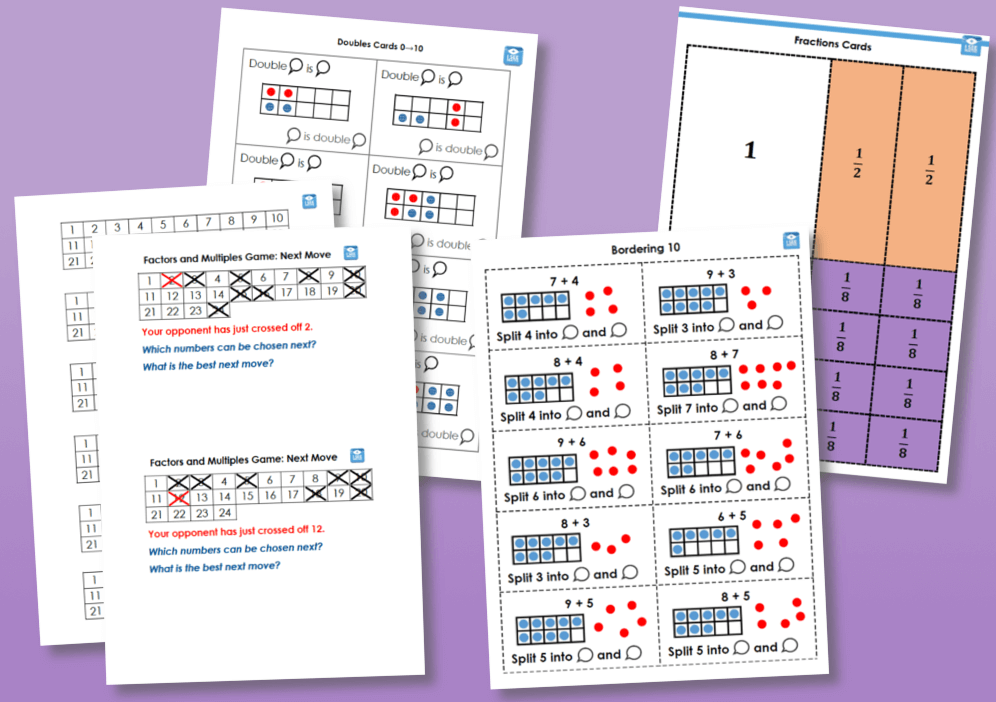
This free pack from I See Maths contains four maths games for students to try, including:
- Fractions cards
- Doubles cards
- Bordering 10 cards
- Factors and multiples game
Connect 4 maths games
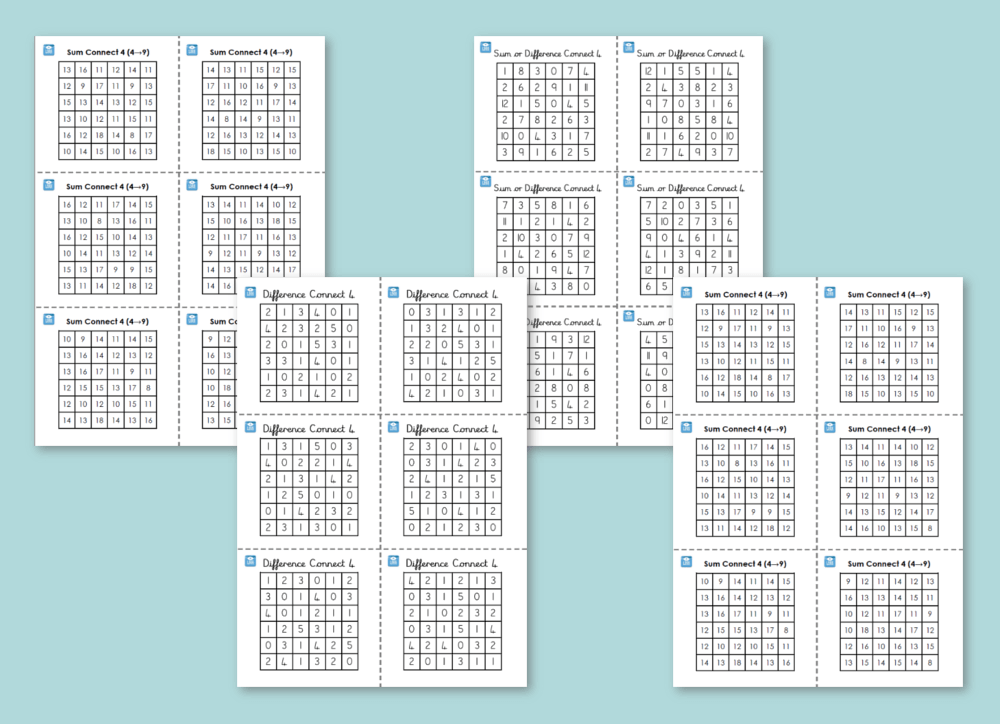
These enjoyable Connect 4-style games from I See Maths will help KS1 and KS2 pupils to develop a strong ‘number feel’ and improve their calculation fluency.
Get active with fractions
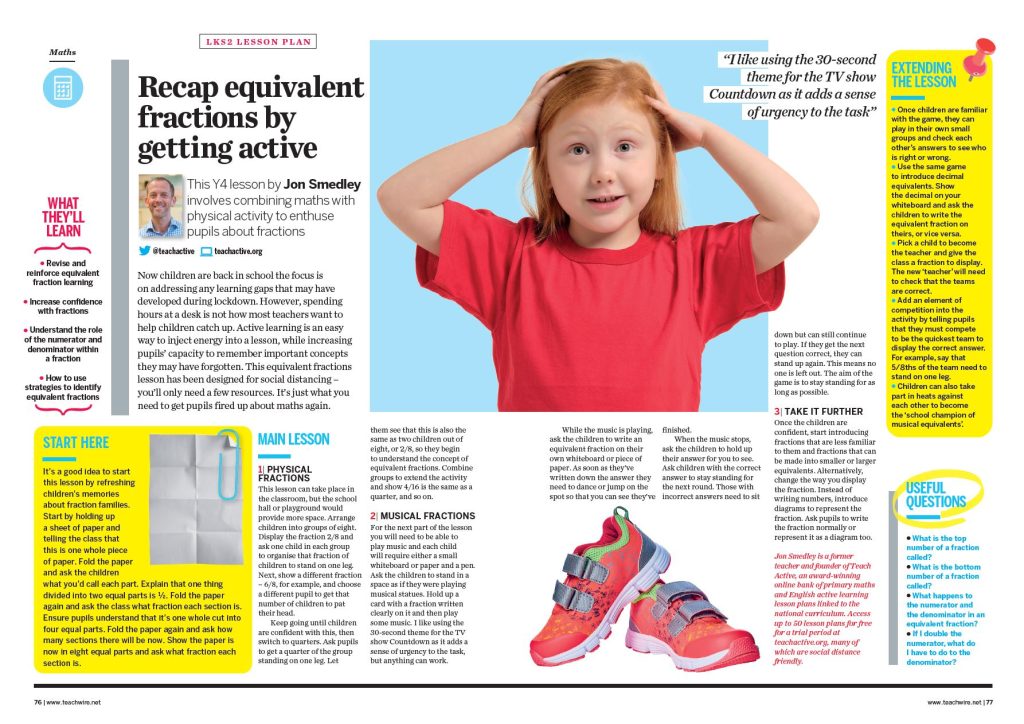
This free maths lesson by Jon Smedley is aimed at Y4 and combines maths with physical activity to get children enthusiastic about equivalent fractions.
Online maths games KS2
Hit the Button
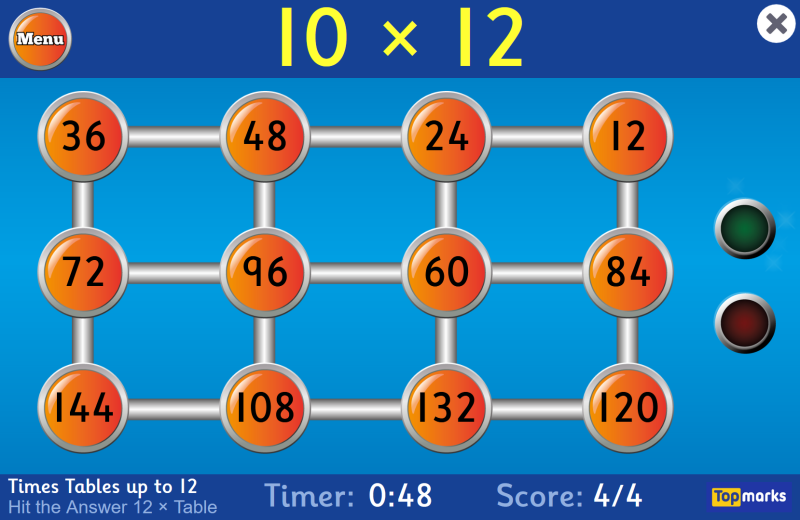
In Hit the Button, children can select an objective such as multiplication and division facts, square numbers and number bonds and compete against themselves to see how many questions they can answer correctly in one minute.
There is also the added challenge of playing by either hitting the answer or the question.
Telling the Time
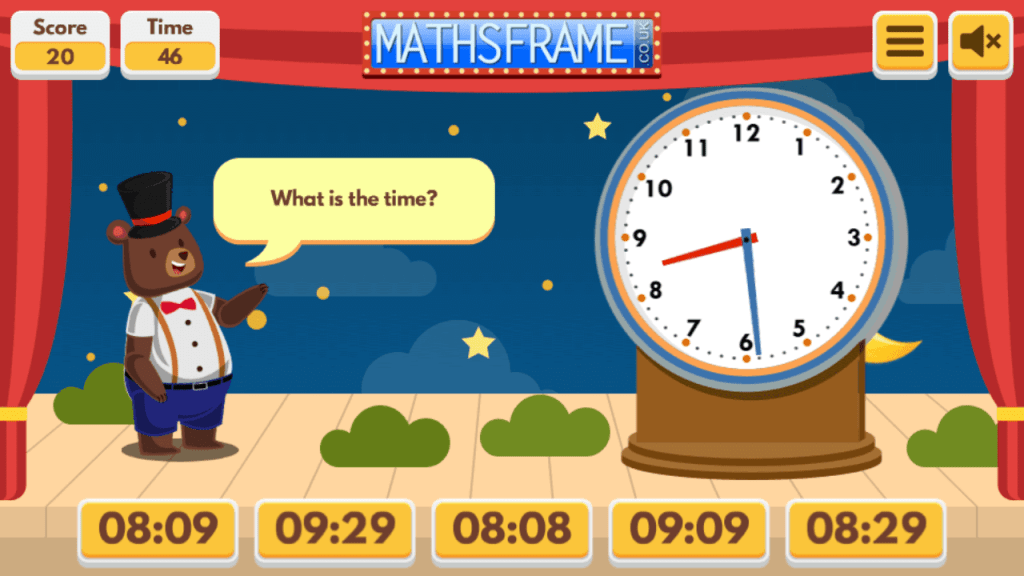
Telling the Time has different levels of difficulty, ranging from recognising times to the hour all the way to recognising times to the nearest minute. This means children can either be guided to a set level or can choose which they feel most confident with.
Different clocks are presented, with a multiple choice set of answers to choose from.
Solve, Shoot, Score
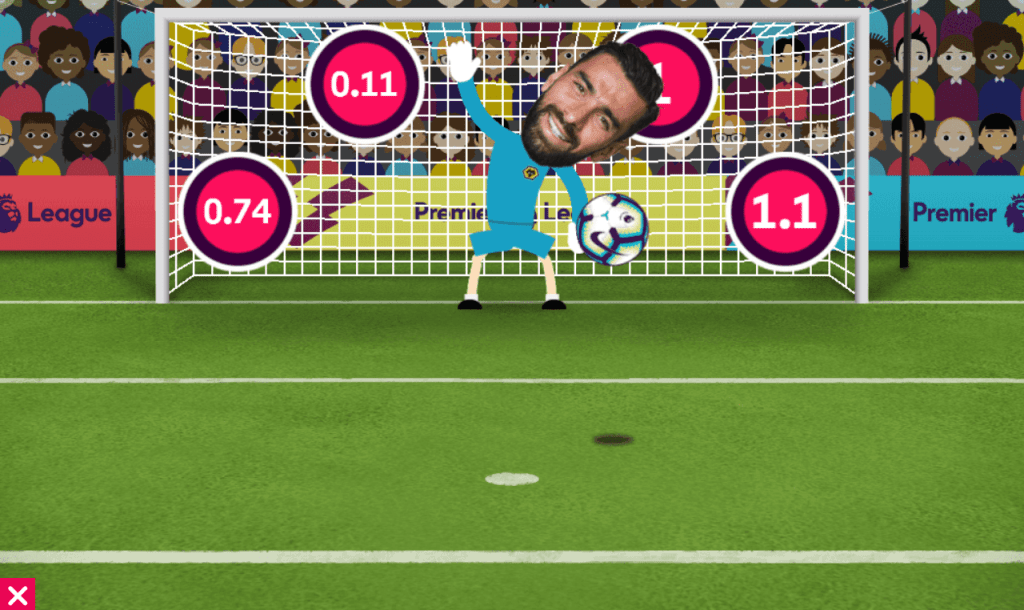
One for footy fans, this Premier League Primary Stars game lets you choose which Premier League team you want to play for, then you get to answer maths-related questions to take penalties against other teams’ goalkeepers.
Children can challenge the computer or play against each other.
Parachute Number Line
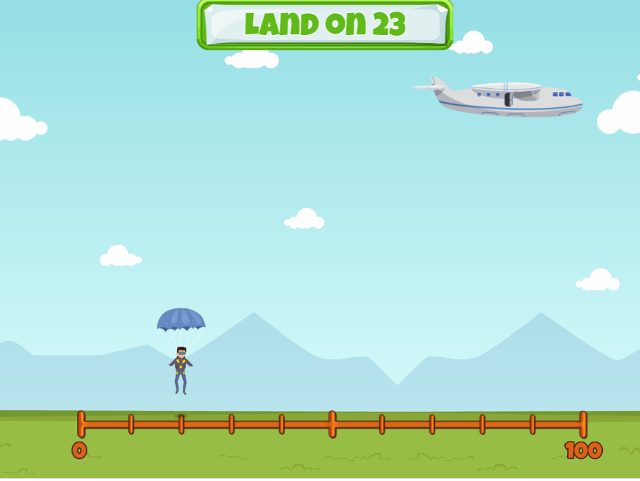
In Parachute Number Line, children navigate a parachute jumper from a plane down to a given place on a number line.
The great thing about this game is that it has such a good range of different number lines to choose from, starting with a number line from 0-10 and finishing with a number line from -500 up to 500.
It’s a simple but effective and enjoyable game for familiarising children with a variety of number lines.
Placing Numbers on a Number Line
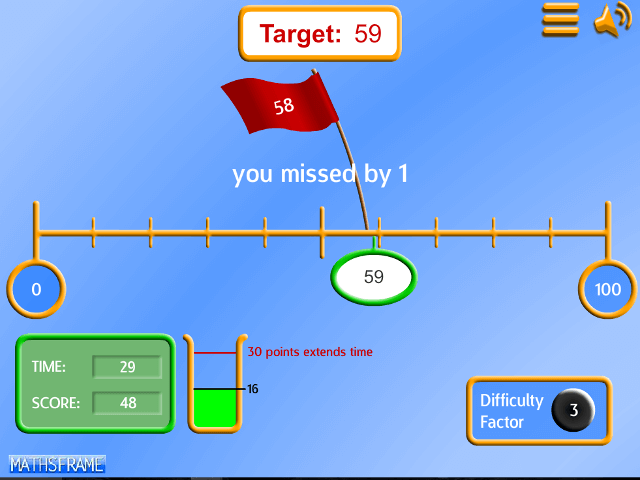
For those who don’t like the time pressure of playing the parachute game, this number line game might be preferred!
In this game, children have to place a flag to mark a number on a blank number line. The game also contains several different levels that go into decimal numbers.
You can select several different number lines at the start, meaning that you’ll be presented with a range throughout the game.
Monty’s Maths Wall
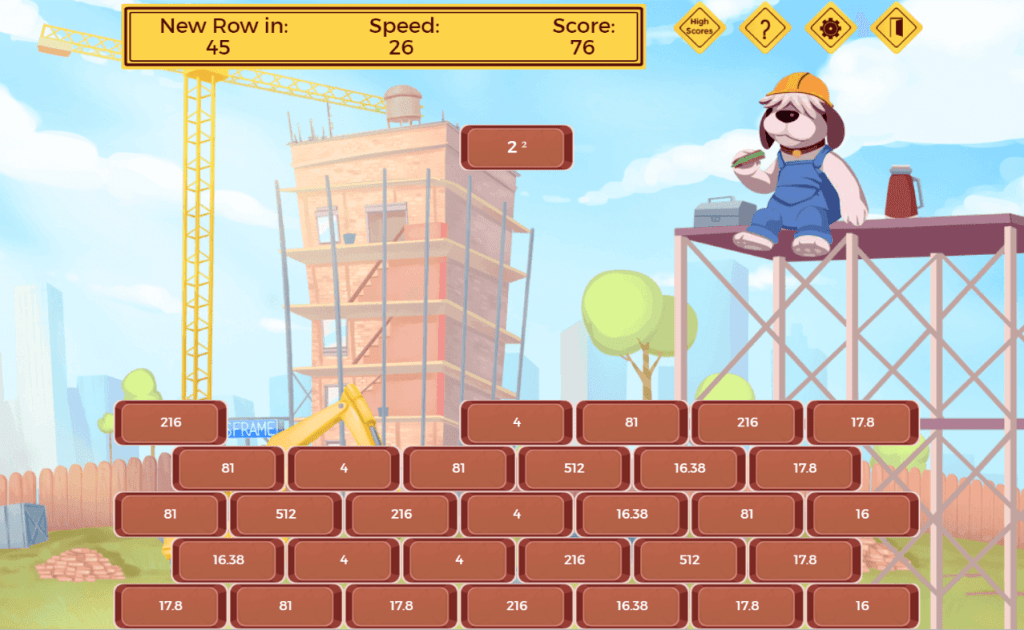
Following in the tradition of Tetris-style games, the idea of Monty’s Maths Wall is to remove the bricks by placing the questions atop the matching answer to demolish it.
There’s a wide range of mathematical skills to test out, and levels are based on objectives from the new maths curriculum from Year 1 to Year 6.
Topics include: multiplication, addition, reading numbers, subtraction, fractions of numbers, Roman numerals, division, converting fractions to decimals and percentages and simplifying fractions.
Minus Mission
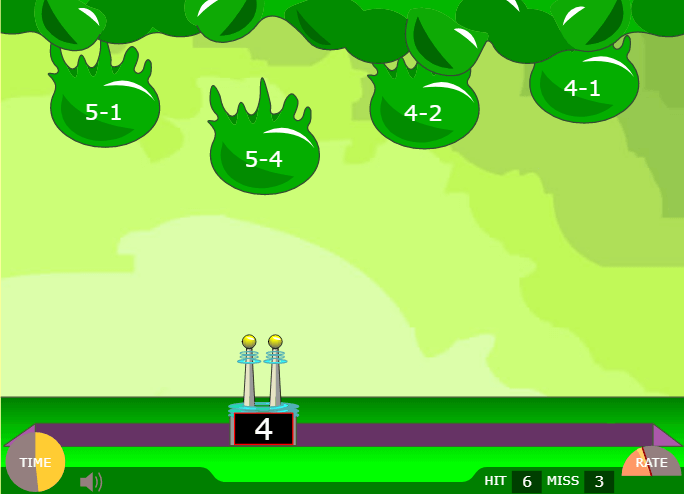
Send students on a Minus Mission in this sci-fi inspired game.
Move your laser beam along the bottom of the screen to shoot the descending slime. But in order to destroy it before it hits the floor, children need to look at the number on their weapon and match it to the sum shown on the slime.
Super Maths Bowling
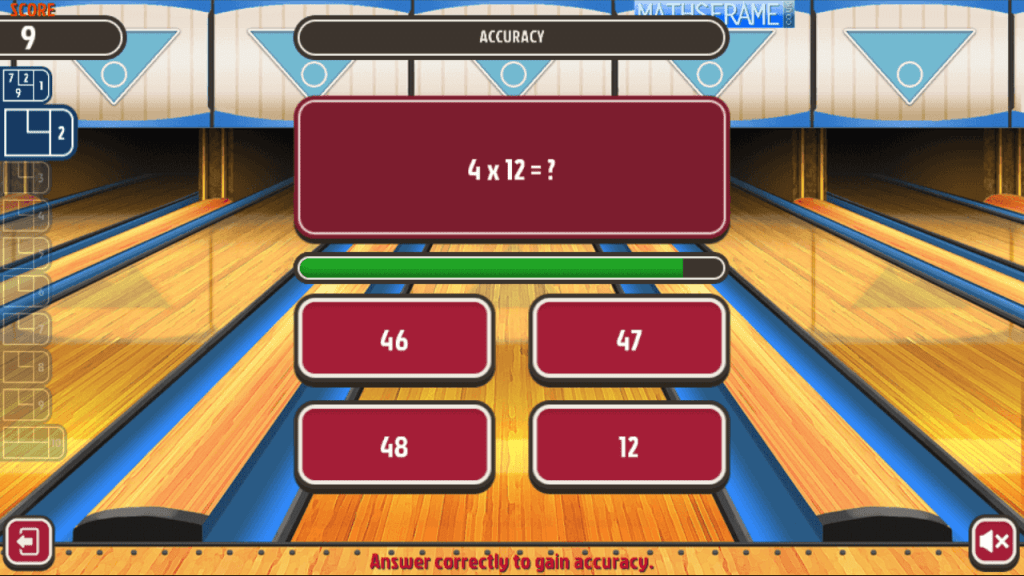
In this game children need to answer the multiple-choice multiplication questions quickly and accurately, and the better they do the easier it is for them to aim the bowling ball at the pins by finding the right angle.
You can choose difficulty by year group too.
Magic Squares
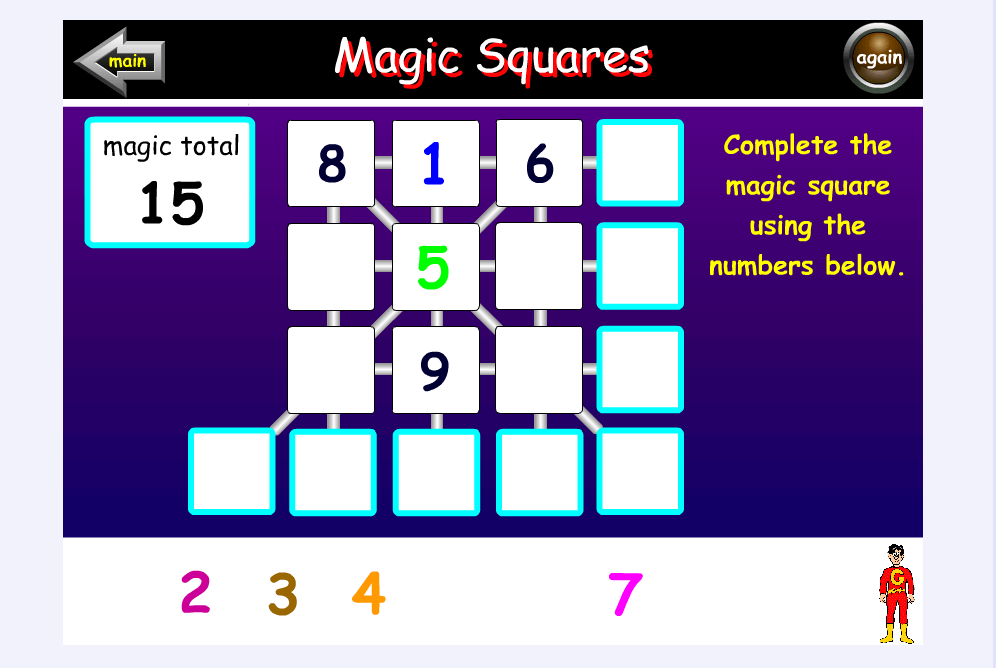
This game challenges children to drag and drop numbers into the correct squares so that each row and column adds up to a magic total.
Place Value Millionaire
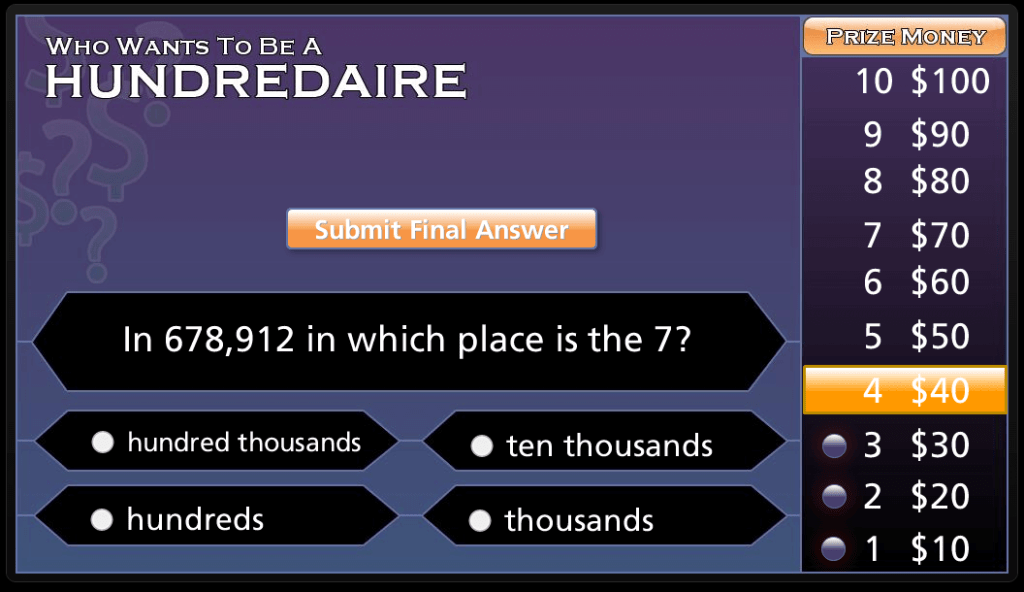
Based on the famous show (is it still going?), in this game children need to answer a series of increasingly difficult questions on place value.
Area Builder
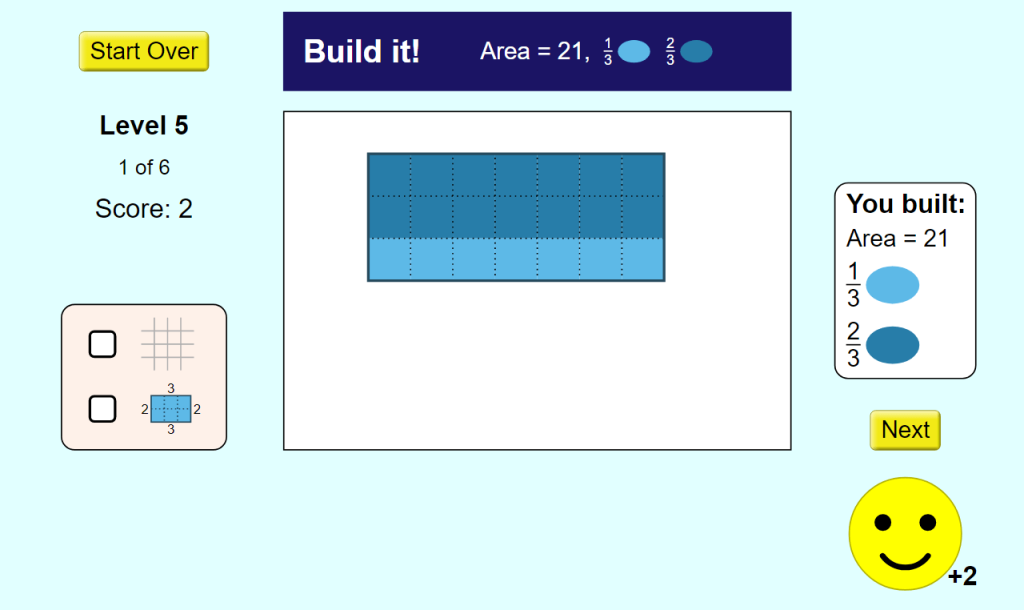
This game focuses on area, perimeter and fractions of shapes. So the lower levels simply ask children to drag and drop the blocks to create a shape that has a certain area, while higher levels will ask for various fraction of the shape to be in specific colours.
Countdown generator
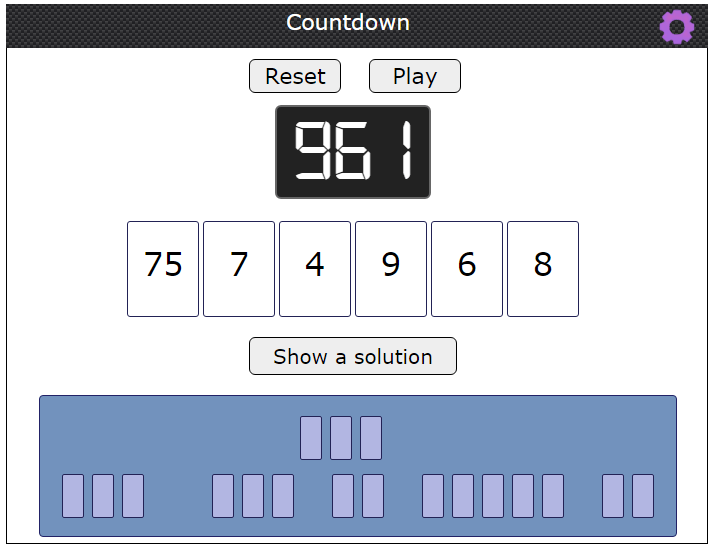
This version of the classic Countdown numbers game from NRICH is one for more-advanced students. But at least there’s no ticking clock involved, and it is possible to get the answer every time in this one.
Browse our maths games KS3 resources or download our Year 2 maths worksheets.







